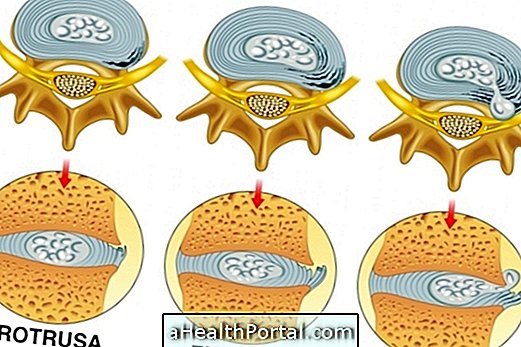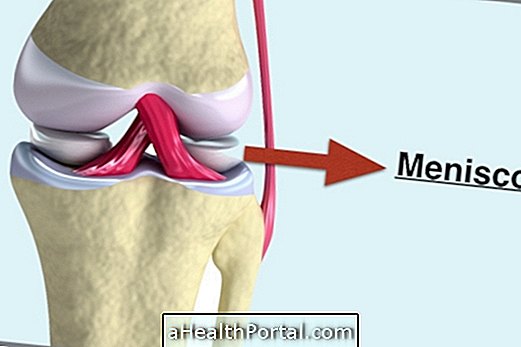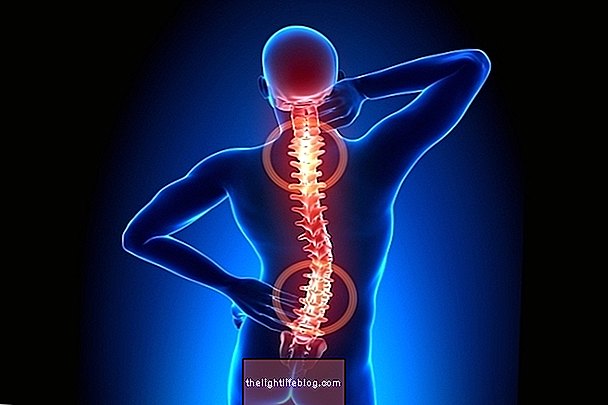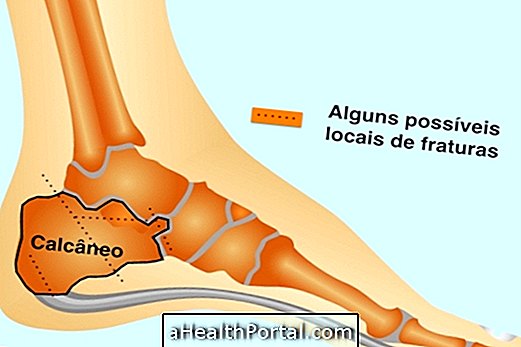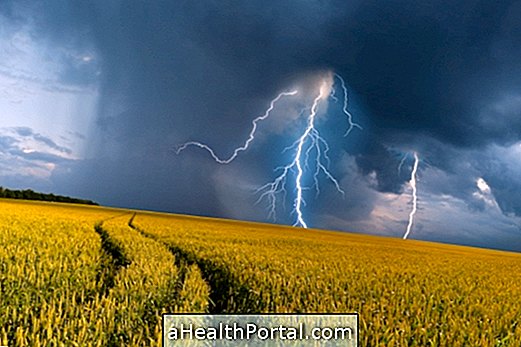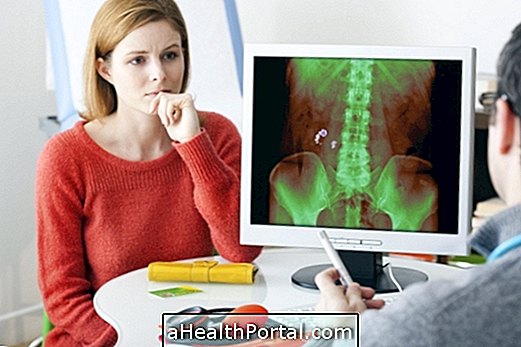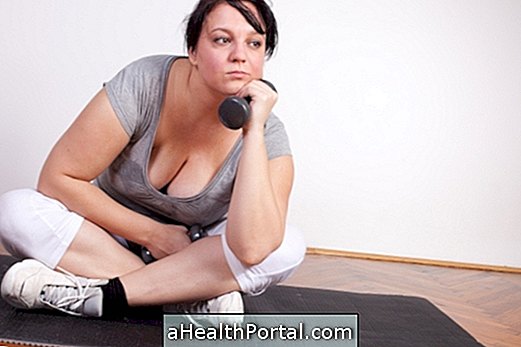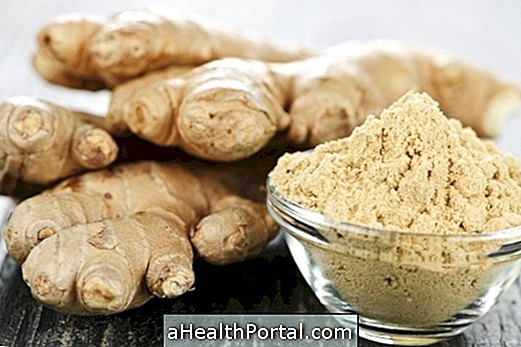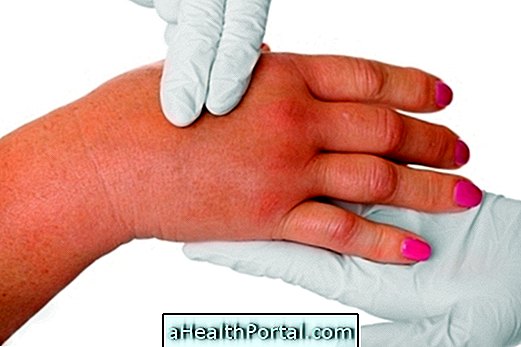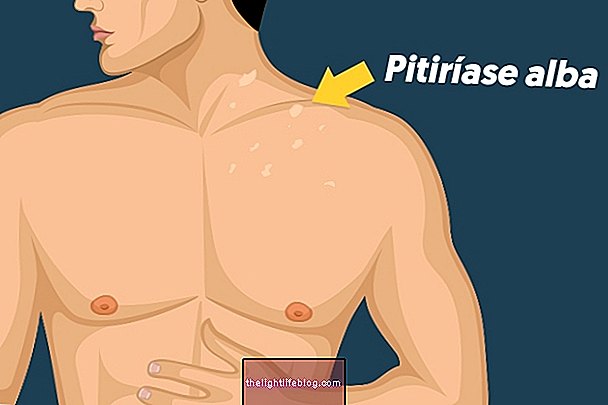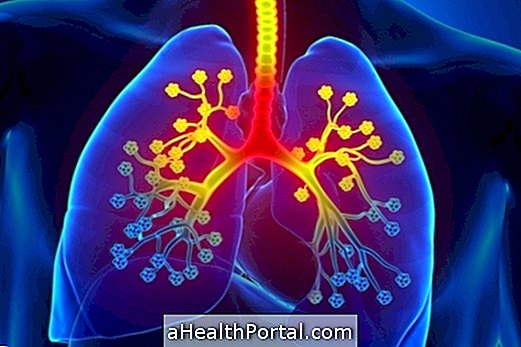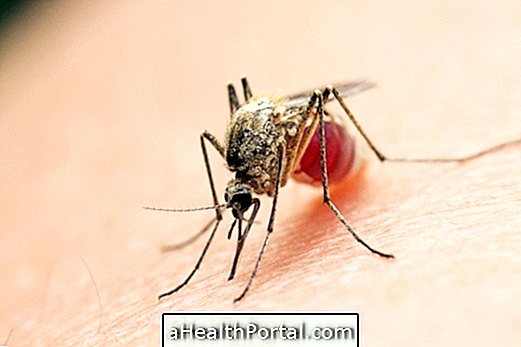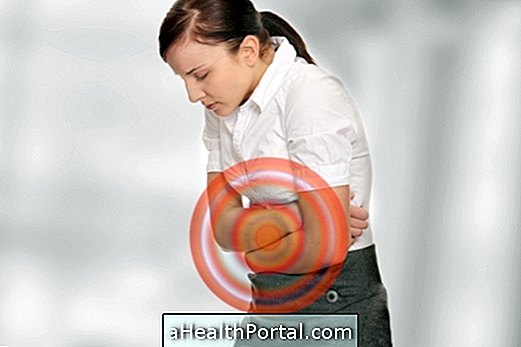Major spinal problems such as low back pain, arthrosis and herniated disc are common in adulthood and may be related to work, poor posture, and sedentary lifestyle.
When spinal pain is severe, persistent, or accompanied by symptoms such as pain, burning, tingling, or other sensitivity changes in the spine, arms, or legs, it is important to see an orthopedist for testing. Treatment may include use of medicines, physical therapy and sometimes surgery.
Here we indicate the main diseases that affect the spine, its symptoms and forms of treatment:
1. Back pain - Low back pain
Also known as back pain, it affects individuals of all ages and can arise at any stage of life. Low back pain may last for days or months.
Symptoms of low back pain
In some cases, in addition to causing pain in the back, it can cause a burning sensation or tingling in one or both legs (especially in the back), known as sciatica, because it affects the sciatic nerve that passes through this region.
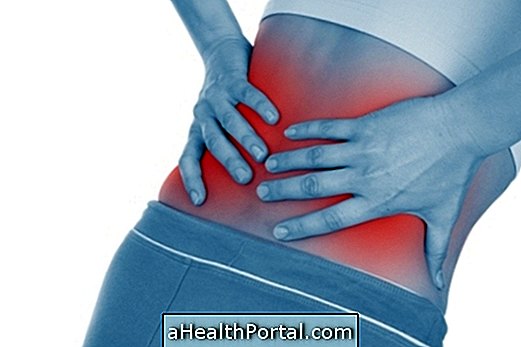
How To Relieve Back Pain
Its treatment can be done with sessions of physiotherapy and global postural reeducation, known by the acronym RPG. A good home treatment is to do stretching exercises and put a warm compress on the pain region. Here's how to prepare this compress in: Home Treatment for Pain in the Spine
2. Spinal arthrosis
Although it is more common in the elderly, it can also affect young people. The arthrosis in the spine can be caused by accidents, excessive physical activity, lifting lots of weight, but there are also genetic factors involved.
Symptoms of arthrosis in the spine
Osteoarthritis of the spine can be a serious illness that causes symptoms such as severe back pain and difficulty getting up from bed, for example.

Treatment for arthrosis in the spine
Your treatment can be done by ingesting pain medications, physiotherapy sessions and, in some cases, surgery. Normally, anyone who has arthritis in the spine also suffers from osteoarthritis in other joints of the body. See more details in: Treatment for arthrosis in the spine.
3. Herniated disc
Also known popularly as "parrot beak", herniated disc can be a serious situation, which requires surgery. However, many patients can live with a hernia without pain.
Symptoms of disc herniation
Generally, herniated disc causes pain in the region where it is located, in addition to burning sensation, tingling or feeling of weakness in the arms or legs. This is because, as the intervertebral disc pushes the medulla, the nerve endings are affected, causing pain and tingling, as shown in Figure 1. See more details: Symptoms of disc herniation.

Treatment for herniated disc
Treatment for herniated disc can be done with physical therapy, pain relief and discomfort medications, acupuncture and hydrotherapy, but in some cases not even surgery may be enough to cure the individual and therefore, each case should be carefully evaluated by the doctor and the physiotherapist, so that the treatment is directed to your need.
These spinal changes can affect any region of the spine, both cervical, thoracic and lumbar. Since the cervical region is near the neck, the thoracic is the middle part of the back and the lumbar is the final part of the spine, as you can see in the second image.
When to go to the doctor
It is advisable to go to a doctor's office when there is pain in the spine that does not go even with the use of pain medicines, such as Paracetamol, and creams, such as Cataflan. The most suitable physician to look for in these cases is the orthopedist, who can observe the individual, listen to their complaints and request tests, such as x-rays or MRI, that can help in the diagnosis, and it is important to decide the most appropriate treatment. Medical consultation is also indicated when:
- The individual has intense back pain, which does not subside with the use of analgesics and anti-inflammatories;
- It is not possible to move properly because of back pain;
- The pain is persistent or worsens over time;
- Pain in the spine radiates to other regions of the body;
- Fever or chills;
- If you have had any kind of accident lately;
- If you lose more than 5 kg in 6 months, for no apparent reason;
- It is not possible to control urine and faeces;
- Muscle weakness;
- Difficulty moving around in the morning.
The doctor to look for in case of spine pain is the orthopedist or rheumatologist. He should request imaging tests of the spine such as x-ray or MRI and after seeing the results decide for the best treatment. In the consultation it is important to tell the characteristic of the pain, when it started, what it was doing when it came up, if there is any time when it gets worse, if there are other areas affected.
Here's what you can do to relieve back pain:

